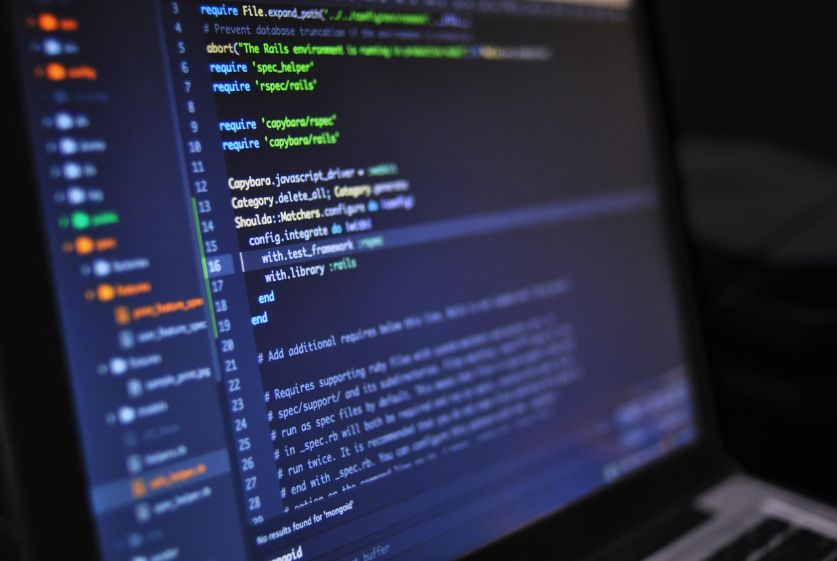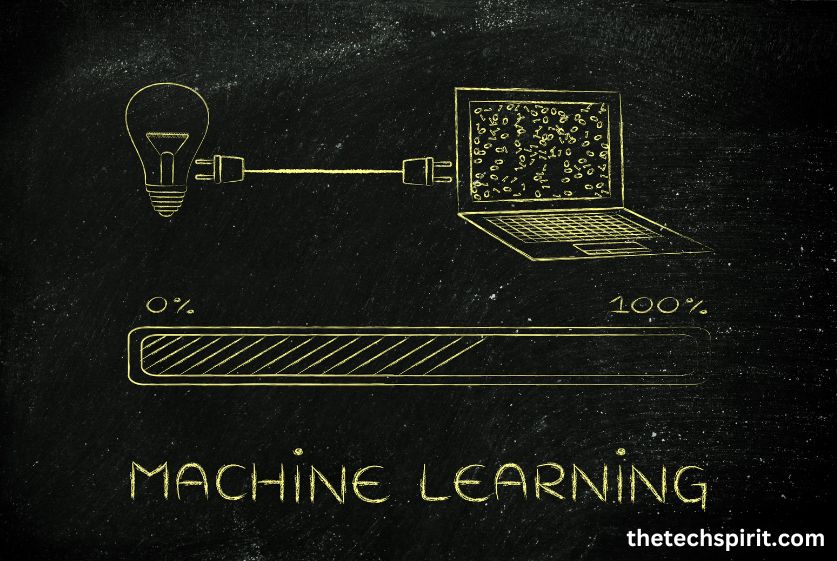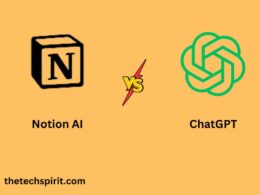Table of Contents
Grasping Machine Learning Essentials
To understand double machine learning (DML), we first need to cover some machine learning basics. Machine learning refers to algorithms that can improve and learn from experience. There are three main types:
Controlled Learning
In supervised learning, models are trained on labeled datasets, learning the relationship between inputs and outputs. Classification and regression are common supervised tasks.

Autonomous Learning
Unsupervised learning involves finding patterns in unlabeled data with no predefined output. Clustering algorithms are a key example.
Strategic Learning
In reinforcement learning, agents take actions in environments to maximize rewards through trial and error.
The Causal Dilemma
Standard machine learning models struggle to determine causation – whether one factor directly influences another. Key issues include:
Links ≠ Causes
Correlation does not imply causation. Two variables may be correlated without any causal mechanism.
Hidden Influences
Confounding factors that influence both the cause and effect can create a misleading impression of causality.
Spotty Data
Missing data on key variables can undermine causal investigations.
Double Machine Learning To The Rescue
Double machine learning combines machine learning with causal inference to estimate causal effects from observational data. Key aspects include:
Strategic Targeting
Targeted maximum likelihood estimation strategically uses data to refine estimates of causal parameters.
Cross-Checking
Cross-fitting splits the data to prevent overfitting when assessing causality.
Isolation
Orthogonalization removes the influence of confounders to isolate the true causal impact.
Double Machine Learning Applications
Double Machine Learning is gaining steam across domains, including:
Financial Forecasting
In economics, Double Machine Learning improves financial forecasts and policy analysis.

Medical Insights
In healthcare, Double Machine Learning identifies effective treatments and disease risk factors.
Government Guidance
For public policy, Double Machine Learning helps assess program effectiveness for better decisions.
Conducting DML Analysis
Implementing DML modeling involves:
Meticulous Collection
Carefully collecting comprehensive, high-quality datasets with sufficient sample size.
Coding Capabilities
Using DML-focused software libraries like Causal Machine Learning and Do Why for modeling.

Rigorous Testing
Evaluating model performance through causal validation sets and sensitivity analysis.
The Future of Double Machine Learning
Key frontiers for advancing DML include:
Novel Methods
Deriving new DML estimation approaches adapted to different data types.
Efficiency Boosts
Making modeling and fitting more computationally and memory efficient.
Enhanced Insight
Improving model interpretability to better understand DML-derived insights.
Conclusion
Double machine learning supercharges causal inference by combining it with the strengths of Machine Learning predictions and algorithms. As DML matures, it will uncover new cause-effect insights across business, medicine, policy, and more – moves beyond merely describing data patterns to actively learning how we can shape outcomes in the real world for the better.
FAQs
What is double machine learning?
Double machine learning combines advanced machine learning algorithms with causal inference techniques to estimate causal effects from non-experimental data.
How does DML address issues like confounding?
DML uses approaches like orthogonalization to control for confounding variables and isolate the true causal impact between two variables of interest.
What are some examples of DML applications?
DML is being applied in diverse areas – from assessing economic policies and medical treatments to improving public health programs and recommendation systems.
What does a DML workflow look like?
Conducting DML analysis involves steps like collecting high-quality dataset, using DML-focused software for modeling, and rigorously evaluating model performance.
What does the future hold for double ML?
Key priorities for DML include developing new methods optimized for different data types, boosting computational efficiency, and enhancing model interpretability.









